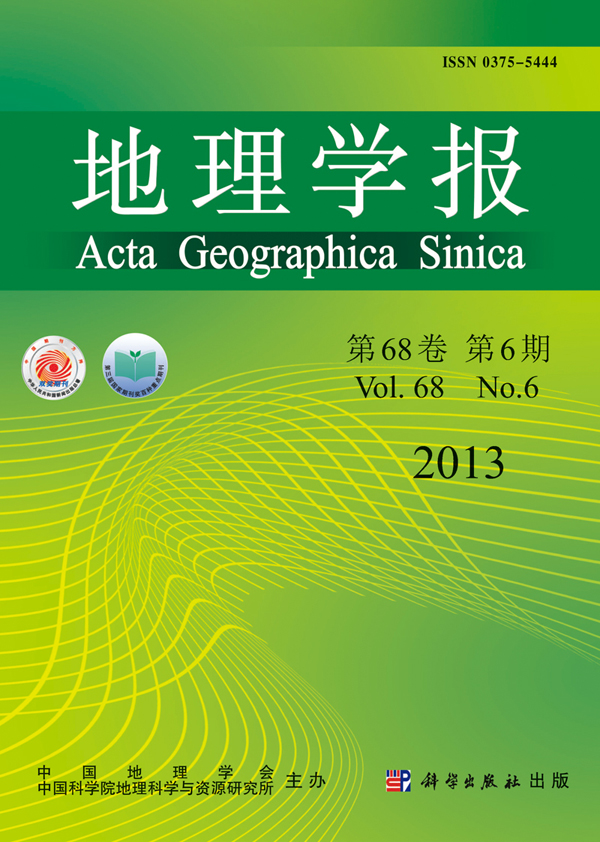LI Yurui, LIU Yansui, LONG Hualou, GUO Yanjun
2013, 68(6): 825-838.
Village is definitely the window to understand and transform rural China, especially the main battlefield of solving problems related to farmers, agriculture and rural areas (so called "San Nong Wen Ti" in Chinese or three rural issues in English) and building new countryside. It is of great theoretical and practical value to carry out studies on the resources and environment effects and their optimal regulation path during the course of village transformation development. This paper aims to explore the theoretical points, evolutionary processes, common features and inner mechanism of village transformation development, resources and environment effects and their optimal regulation in metropolitan suburbs where significant changes have taken place in recent years, based on a systematic case study of Beicun in Beijing's suburbs. The main contents and results were summed up as follows: (1) Beicun has experienced three development stages since 1978, namely slow development stage, gradually starting stage and transformation development stage. (2) During the course of village development, the resources and environment effects showed periodic differences. The efficiency of resources utilization changed from low level to high level, environmental pollution from high degree to low degree, and the change trends of environmental pollution index displayed an inverted "U"-shaped curve. (3) The optimal regulation process of resources and environment effects could be divided into six links, namely problematisation, observation and assessment, mobilization, function endowing, joint action and system restructuring. (4) The inner mechanism of achieving the goals of optimal regulation successfully can be concluded as follows: the core actors of local rural development, including cadres, rural elites and corporative organizations, have actively inspired the endogenous demand of ordinary villagers and village-based enterprises, effectively integrated the external powers of government and technical support units, spontaneously taken optimizing resources and environment elements as the common goal, and thus successfully built a well-targeted, functionally distinct and technically feasible actor-networks from which all the actors could benefit. As such, it is suggested that the rural construction and optimal regulation of resource and environment effects in new era should strive to enhance inner response mechanism, optimize outward intervention mechanism, and in particular, pay attention to the upgrading, improvement and coupling of environmental protection awareness, development ability, social responsibility, science and technology support and relative regulation mechanism.
